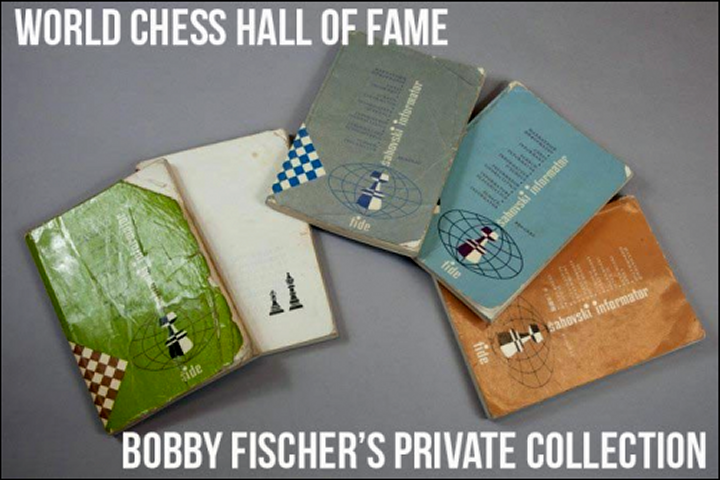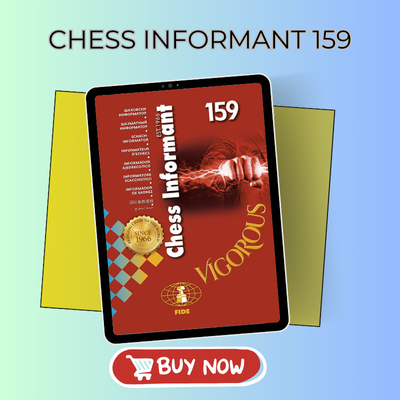Amid the sea of new chess releases, it is easy to miss an old favourite which has been going strong since 1966 (slap bang in the middle of one of the golden ages of chess) and which is now released at a rate of four volumes per year.
The series in question is, of course, Chess Informant.

In pre-database and pre-Internet days, obtaining a volume of Informant was the most sophisticated way of harvesting a large number of top-level games with (languageless) annotations by everyone up to World Champions. One could lie in wait with new moves from top players and spring them on unwary club and tournament players, especially if one knew such opponents were not frequent purchases of Informant.

When feeling particularly diligent and determined to study chess in a meaningful way, one could spend a long time trying to solve puzzles from middlegames and endgames too. It was, for decades, the state-of-the-art way to study chess and prepare for opponents.
The latest issue is Chess Informant159 and a perusal of the contents reveals how much the series has had to evolve in order to keep its head above water in such a crowded market.
Each volume still contains a large selection of important games and the combinations and endings puzzles are still there, but now there is a plethora of other articles, ranging from tournament reports and pieces offering general advice to opening explorations and archive features.
One startling article showcasing an opening line is by Milos Perunovic, who takes a look at the remarkable 1 e4 c5 2 d4 cxd4 and now not 3 c3, as in the Smith-Morra Gambit, but the altogether stranger 3 Qxd4.
‘White’s idea is perfectly clear. He does not ‘‘waste’’ time on development of the knight to f3, but instead opens up the centre with a direct plan Nc3, Bd2, e3, f4, g5 and 0-0-0.’

Admittedly, the author declares that ‘this concept has some serious drawbacks – the white queen becomes an easy target for the black pieces.’ However, he ‘decided to try out this line in many of my own rapid games, having really good results!’
After the standard 3…Nc6, the author prefers 4 Qd3 to 4 Qe3, because of a reluctance to lose control of the d5-square. For example, 4 Qe3 Nf6 5 Nc3 d5! apparently equalizes for Black.
Of course, there is clearly plenty of scope for individual study here. A sharp, tactical player would relish the opportunity to drag opponents into virtually territory so early in the game and 3 Qxd4 would be an interesting surprise weapon in critical tournament games. There will, of course, be times when one regrets bringing out the queen so early and after 3 Qxd4 that would be a little like complaining of getting wet feet while walking on the beach in sandals.
However, the point is that Chess Informant has evolved to become an engaging and interesting publication, offering more than enough material to keep the reader occupied until the next volume is published. Furthermore, now that there are four volumes a year, the wait will never feel very long at all.
Sean Marsh
- Review: Chess Informant - June 7, 2024
- Is it time for a Modern Benoni revival - April 17, 2024
- Book Highlight: DragonMasters, Volume 1 - March 1, 2024

